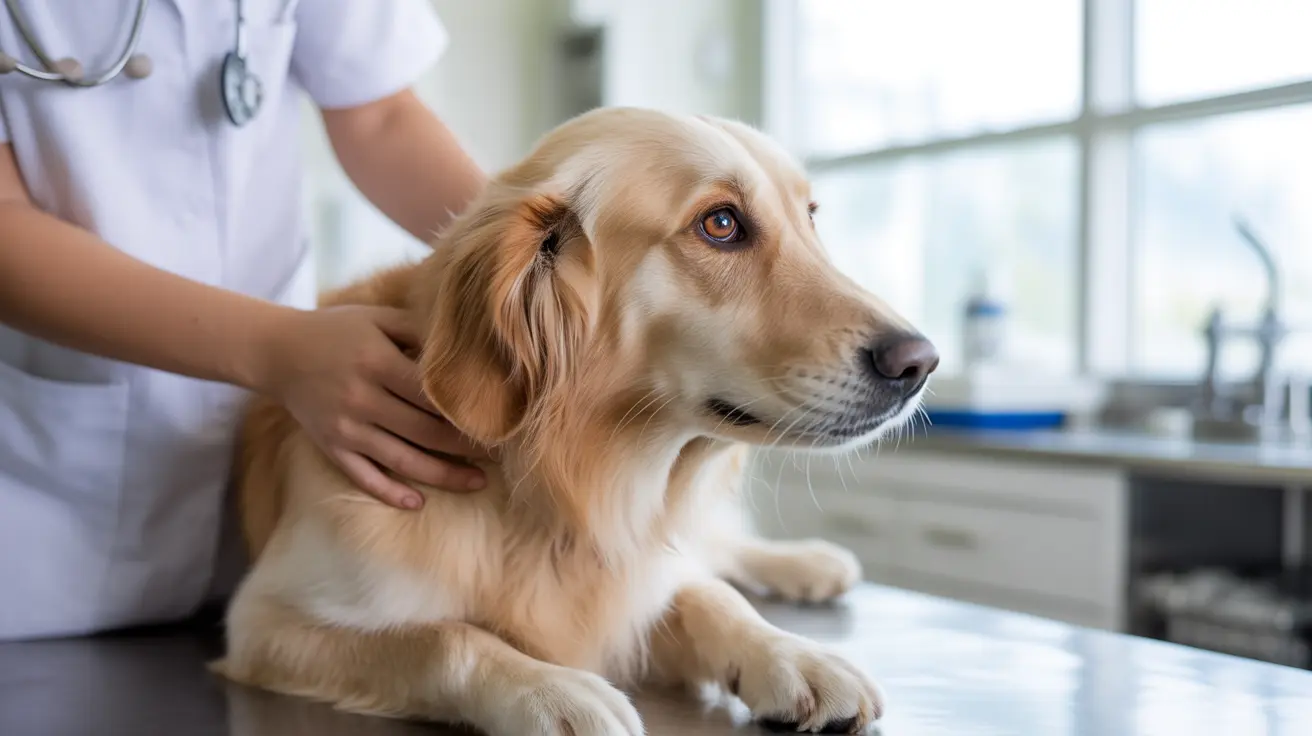How Much Onion Is Dangerous for a 70lb Dog?
Onions, a staple of many kitchens, pose a significant threat to canine health. Understanding the toxic thresholds, symptoms, and proper emergency responses can help responsible pet owners prevent or manage onion poisoning in dogs. This guide examines the dangers of onion consumption for a 70-pound (approximately 32-kilogram) dog.
Why Are Onions Toxic to Dogs?
All parts of the onion plant—bulb, leaves, juice, and powders—are harmful to dogs. The primary toxic compound in onions is N-propyl disulfide. This substance damages red blood cells by binding to the oxygen-carrying molecules, causing them to rupture in a process known as hemolysis. Eventually, the immune system destroys these compromised cells, leading to hemolytic anemia.
Toxic Dose for a 70lb Dog
- The toxic threshold is around 0.5% of a dog's body weight.
- For a 70lb (32kg) dog: 0.5% of 32,000g = 160g of onion.
- This amount represents roughly 1.5 large onions.
Even smaller, repeated exposures can culminate in cumulative toxicity, particularly from potent forms like onion powder.
Forms of Onion and Related Risks
- Raw onion is dangerous even in moderate amounts.
- Cooked onion loses flavor but not toxicity.
- Onion powder is more concentrated, making it exceptionally hazardous.
- Processed foods often contain hidden onion additives, particularly in soups and sauces.
Members of the Allium family, such as garlic, leeks, scallions, and chives, share similar toxic compounds and should be avoided entirely.
Symptoms of Onion Toxicity in Dogs
Toxicity symptoms typically appear within 24–72 hours post-ingestion, but may be delayed depending on the type and quantity consumed.
- Vomiting and diarrhea
- Drooling, abdominal pain
- Appetite loss
- Lethargy, weakness
- Pale or yellow gums
- Red or brown urine
- Elevated heart rate and panting
- Fainting or collapse
- Breath smells like onion
- Visible onion in vomit or feces
Breeds and Conditions That Increase Risk
- Akitas and Shiba Inus are genetically more susceptible.
- Dogs with liver disease, diabetes, or anemia
- Dogs on certain medications
- Cats are even more sensitive than dogs to onions.
What to Do If Your Dog Eats Onion
If you suspect that your dog consumed onion, act quickly. The speed of response greatly influences recovery.
- Do not induce vomiting unless instructed by a veterinarian.
- Note how much onion your dog might have consumed.
- Contact your veterinarian or an emergency veterinary clinic.
Veterinary Treatment Options
- Induced vomiting (within 2 hours of ingestion)
- Administration of activated charcoal to bind toxins
- Hospitalization for intravenous fluids and monitoring
- Oxygen therapy or blood transfusions for severe anemia
Diagnosis of Onion Poisoning
Vets generally rely on:
- Detailed food and behavior history
- Physical examination
- Blood tests including detection of Heinz bodies, which indicate red blood cell oxidation
Prevention Tips
Since onions are often part of human foods, proactive prevention is key:
- Never feed table scraps containing onions, garlic, or chives.
- Inspect processed foods for onion powder or related ingredients.
- Secure trash bins to prevent scavenging.
- Store onions and Allium vegetables safely out of reach.
- Educate household members and guests not to give dogs leftovers.
Safe Alternatives to Onions
If you want to share vegetables with your pup, choose dog-safe options:
- Carrots
- Green beans
- Pumpkin
- Peas
- Cucumbers
Fruits such as apples (without seeds), bananas, and blueberries are generally safe when given in moderation.
Final Thoughts
For a 70-pound dog, even one and a half large onions may trigger toxicity. Recognizing the signs early and seeking swift veterinary care can dramatically improve outcomes. The best way to keep your dog safe is to prevent access to onions in all forms.





